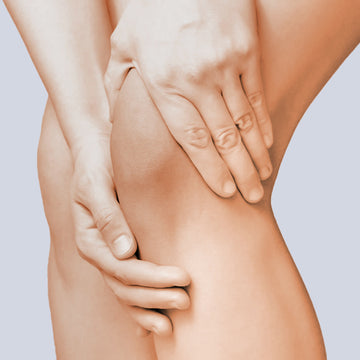Posted by Tia Patel | SEP-02-2020

Types of Running
We’re all guilty of running the same perfectly mapped 5k route, again and again, which starts and ends at our house. What if we told you that mixing up your running routine will actually make you faster, stronger and less injury prone, you’d give it a go and add it into your routine?
Here’s a round up of the different types of run and how to build them into your training……..
Base Run
This is a relatively short to moderate-length run, often a 5k, undertaken at your natural pace. A base run is not meant to be challenging, but is meant to be done often to maintain your level of running fitness. If you run the same route regularly, you should see your times improving.
Take a look at these tips for perfecting your running form
Progression Run
A progression run begins at your natural pace, ending with a faster segment at anywhere from marathon down to 10K pace. These runs are generally intended to be moderately challenging, harder than base runs but easier than most threshold and interval runs. As you are exerting medium-effort, the recovery time is less than more intense sessions.
Fartlek
It’s not just the name that’s fun! Fartlek is Swedish for “speed play”. This type of run should be completely unstructured. Start with a warm up and then set yourself visual targets to run towards at varying speeds. For example, run as fast as you can to the next tree or the end of the road. You can really have some fun with this type of run, it certainly makes the time pass quickly and it’s a great run to do as a group, racing each other to the next marker!
Hill Repeats
Oh my favourite! Said no-one ever! Hill repeats or hill sprints are repeated short segments of hard uphill running. They increase aerobic power, high-intensity fatigue resistance, pain tolerance, and running strength. The ideal hill on which to run hill repeats features a steady, moderate gradient of 4 to 6 percent. Hill repetitions are typically done at the end of the base-building period as a relatively safe way to introduce harder high-intensity training into the program.
Tempo Run
A tempo run is a sustained effort at lactate threshold intensity, which is the fastest pace that can be sustained for one hour in highly fit runners and the fastest pace that can be sustained for 20 minutes in less fit runners. Tempo or threshold runs serve to increase the speed you can sustain for a prolonged period of time and to increase the time you can sustain that relatively fast pace. These runs should include warm up mileage, the increased effort in the middle of the run and then cool down miles at the end. A tempo run can be as little as 3 miles.
Intervals
Interval workouts consist of repeated shorter segments of fast running separated by slow jogging or standing recoveries. This format enables a runner to pack more fast running into a single workout than he or she could with a single prolonged fast effort to exhaustion.
Long Run
A long run is a base run that lasts long enough to leave a runner moderately to severely fatigued. The function of a long run is to increase endurance. As a general rule, your longest run should be long enough to give you confidence that endurance will not limit you in races. There are many spins you can put on a long run, such as progressing the pace from start to finish or mixing intervals into the run.
Check out the events we’re looking forward to running in 2021
Recovery Run
A recovery run is a relatively short run performed at an easy pace. Recovery runs serve to add a little mileage to a runner’s training without taking away from performance in the harder, more important workouts that precede and follow them. Recovery runs are best done as the next run after a hard workout such as an interval run. Do your recovery runs as slowly as necessary to feel relatively comfortable despite lingering fatigue from your previous run.
Find out how to best use ice and heat therapy here for effective injury recovery
Running at different speeds, inclines or distance isn’t just about helping you run PB’s when you make your big return in 2021! There are also many health benefits including a strengthened immune system, building muscle and challenging you to improve your overall level of fitness. So give it a go and tag us in your images @gelpacksdirect to share your new running routine with us!
Have you tried running with your dog? Check our this blog for some tips.
#TeamGPD
















